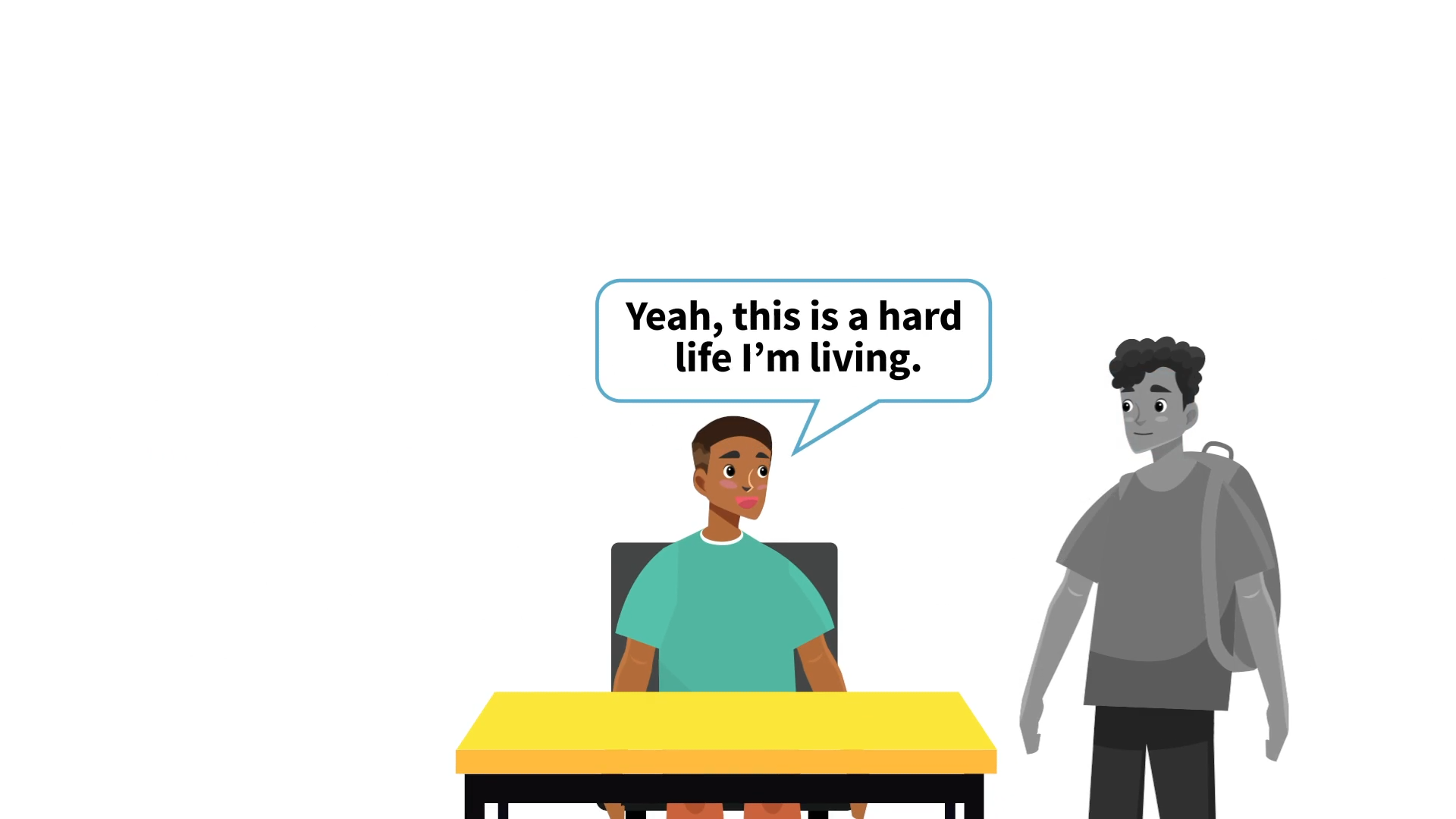
Introduction
Sarcasm is a type of disguised thought that can often be difficult for elementary students to understand. As educators, it’s essential to teach students how to recognize sarcasm and navigate the complexities of interpersonal communication. This blog post will provide an overview of sarcasm, a no-prep activity for teaching sarcasm recognition, discussion questions, and related skills. Finally, we will share some helpful resources for further exploration of social-emotional learning.
No-Prep Activity: The Sarcasm Detective
This activity requires no preparation or materials from the educator. The goal is to help students practice identifying sarcasm through listening and observation.
- Begin by explaining the concept of sarcasm to the students. Remind them that sarcasm is when a person says something but really means the opposite. It is a type of disguised thought, and people use it to be funny or make a point.
- Give a few examples of sarcastic statements, using a sarcastic tone of voice and facial expressions. For example, say “Oh, great, it’s raining again” when it’s a sunny day outside.
- Divide the students into pairs. One student will be the speaker, and the other will be the listener. The speaker will come up with a sarcastic statement, while the listener will try to identify the sarcasm using the following steps:
- Listen to the speaker’s tone of voice.
- Think about the words and the situation.
- Read the speaker’s mood through facial expressions.
- After the listener identifies the sarcasm, have the students switch roles and repeat the process.
- Once all pairs have had a chance to practice, bring the class back together and discuss their experiences and challenges in identifying sarcasm.
Discussion Questions
- Why do people use sarcasm? What are some situations where sarcasm might be used?
- How did you feel when you were trying to recognize sarcasm? Was it challenging or easy? Why?
- What are some potential problems that could arise if someone doesn’t understand sarcasm?
- Can you think of any examples of sarcasm in books, TV shows, or movies?
- How can we practice recognizing sarcasm in everyday conversations?
Related Skills
Beyond sarcasm, there are other important social-emotional learning skills that can help students navigate the complexities of interpersonal communication. Some of these related skills include:
- Empathy: Understanding and sharing the feelings of others.
- Active listening: Paying full attention to the speaker and making an effort to understand their message.
- Nonverbal communication: Recognizing and interpreting body language, facial expressions, and gestures.
- Conflict resolution: Finding peaceful solutions to disagreements and misunderstandings.
- Assertiveness: Expressing oneself openly and respectfully, while also considering the needs and feelings of others.
Next Steps
Teaching students to recognize sarcasm is an important skill that can help them better understand and navigate interpersonal communication. To further explore this and other social-emotional learning skills, we encourage you to sign up for free sample materials at Everyday Speech. These resources can help you effectively incorporate social-emotional learning into your classroom and support your students’ growth.

